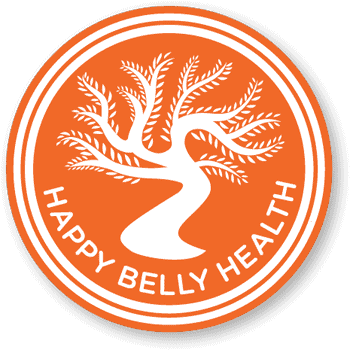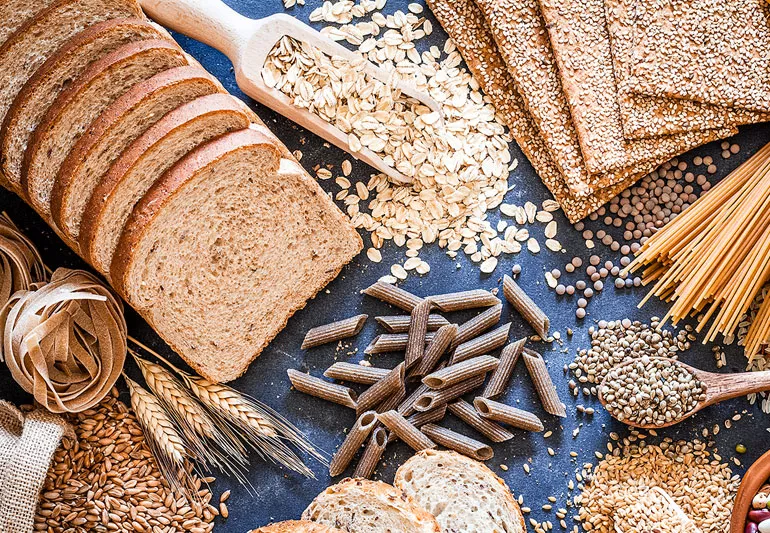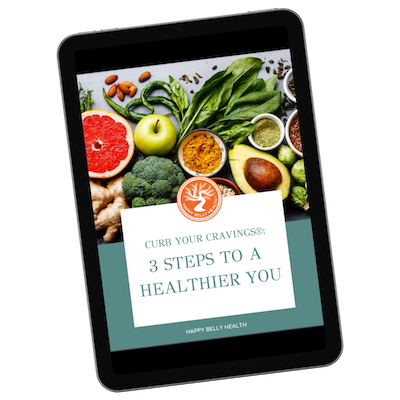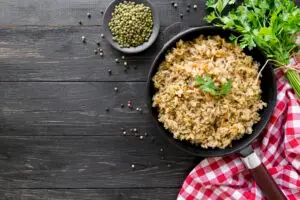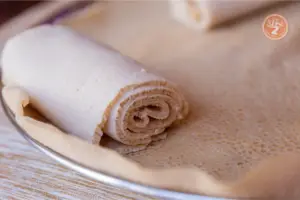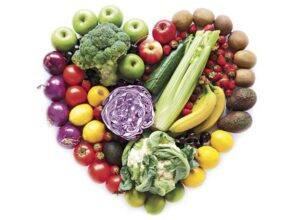Whole grains have been a central element of the human diet since early civilization. Humans ceased being hunter-gatherers and settled down into farming communities when they were able to cultivate grain crops. People living in these communities—on all continents—had lean, strong bodies.
In the Americas, corn was the staple grain. In India and Asia, it was rice. In Africa, people ate sorghum. In the Middle East, they used wheat, making pita bread, tabouli and couscous. In Europe, corn, millet, wheat, rice, pasta, dark breads and even beer were considered health-providing foods. In Scotland, oats were a staple food. In Russia, they ate buckwheat or kasha. Very few people were overweight.
Whole grains are an excellent source of nutrition, as they contain essential enzymes, iron, dietary fiber, vitamin E and B-complex vitamins. Because the body absorbs grain slowly, they provide sustained and high-quality energy.
Great Whole Grains
The quickest way to create great grains is to experiment and find what works for you. Remember one cup of dry grain yields enough for 2 to 4 people. Here are basic directions:
- Measure the grain, check for bugs or unwanted material, and rinse in cold water, using a fine mesh strainer.
- Optional: soak grains for one to eight hours to soften, increase digestibility and eliminate phytic acid.
- Drain grains and discard the soaking water.
- Add grains to recommended amount of water and bring to a boil.
- A pinch of sea salt may be added to grains to help the cooking process, with the exception of kamut, amaranth and spelt (salt interferes with their cooking time).
- Reduce heat, cover and simmer for the suggested amount of time, without stirring during the cooking process.
- Chew well and enjoy every bite!
All liquid measures and times are approximate.
Cooking length depends on how strong the heat is. It’s a good idea, especially for beginners, to lift the lid and check the water level halfway through cooking and toward the end, making sure there is still enough water to not scorch the grains, but don’t stir. Taste the grains to see if they are fully cooked or starting to burn.
Cooked grains keep very well. Busy people can prepare larger quantities of grains and simply reheat with a little oil or water later in the week. Also, to keep in mind, roasting grains makes them more alkaline. Cooking larger grains like brown rice, barley and berries in a pressure cooker speeds up cooking time and creates softer grains.
* The texture of grains can be changed by boiling the water before adding the grains. This will keep the grains separated and prevent a mushy consistency. Do not add kasha to cold water, as it will not cook properly. For a softer, more porridge- like consistency, boil the grain and liquid together.
** Technically not a grain, but a small pasta product made from wheat and does not require soaking.
